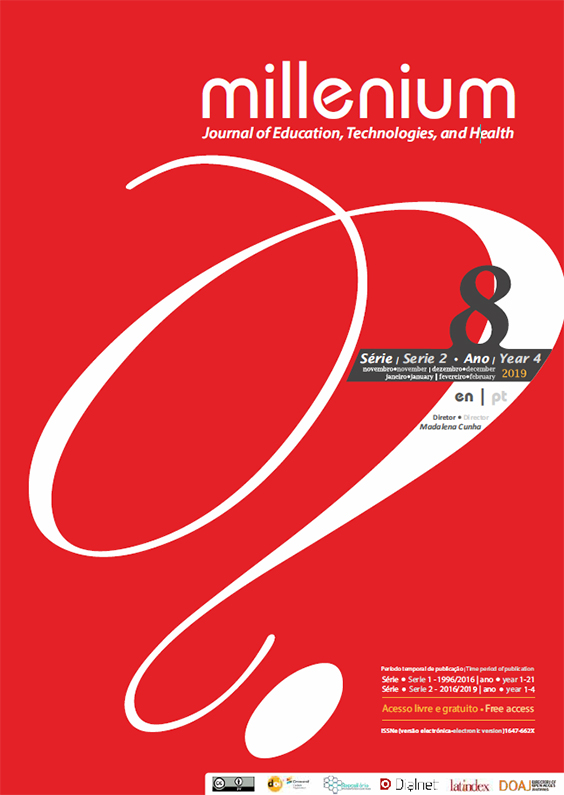Application of Lean methodologies in the reduction of setup times in the pharmaceutical industry
DOI:
https://doi.org/10.29352/mill0208.04.00220Keywords:
Lean, Pharmaceutical Industry, Lean Tools, SMEDAbstract
Introduction: The strong international competitiveness motivated by globalization with the purpose of reaching an increasingly demanding public, makes cost reduction and quality increase a primary need across all sectors. The generic drug industry where price is the primary weapon in consumer reach is no exception and creates a strong need in the application of Lean methodologies to optimize the production.
Objectives: Reduce of changeover times by the application of lean methodologies structured by a proposed model.
Methods: This study started with a review of the bibliography of the Lean’s origin and the several methodologies ending with the application of a proposed application model. The implementation was based on a detailed study of the setups resulting in a set of solution proposals dedicated to the main problems applying several lean tools.
Results: Reduction of change times by 20% and waiting times by 24.5% within 3 months.
Conclusions: The application of Lean methodologies revealed a great utility in the identification of causes and in the creation of solutions. The implementation of this model, although in an initial phase, allowed not only reduction of the times of changes, but also other improvements such as the reduction of the number of waits. However, this application, due to being inserted in the pharmaceutical industry, is limited by some procedures that cannot be changed.
Downloads
References
Al-Aomar, R. (2011). Applying 5S lean technology: An infrastructure for continuous process improvement. Academy of Science, Engineering and Technology.
Bevilacqua, M., Ciarapica, F. E., Mazzuto, G., & Paciarotti, C. (2013). The impact of RFID technology in hospital drug management: An economic and qualitative assessment. International Journal of RF Technologies: Research and Applications, 4.
Boztinaztepe, B., & Canan, F. (2008). Lean Tools for Reducing Production Time and Satisfying Employees - A Case Study.
Culley, S., Owen, G., Mileham, A., & McIntosh, R. (2001). Improving Changeover Performance. Butterworth-Heinemann.
Dillon, A. P., & Shingo, S. (1985). A Revolution in Manufacturing: The SMED System.
Ferradás, P. G., & Salonitis, K. (2013). Improving changeover time: A tailored SMED approach for welding cells. Procedia CIRP, 7.
Gwiazda, A. (2006). Quality tools in a process of technical project management. Journal of Achievements in Materials and Manufactuting Engineering.
Jeffrey K. Liker. (2006). The Toyota way: 14 management principles from the world’s greatest manufacturer. Action Learning: Research and Practice.
Karam, A.-A., Liviu, M., Cristina, V., & Radu, H. (2018). The contribution of lean manufacturing tools to changeover time decrease in the pharmaceutical industry. A SMED project. Procedia Manufacturing.
Kumar, B. S., & Abuthakeer, S. S. (2013). Implementation of Lean Tools and Techniques in an Automotive Industry. Journal of Applied Sciences.
Kumar, J., Soni, V. K., & Agnihotri, G. (2014). Impact of TPM implementation on Indian manufacturing industry. International Journal of Productivity and Performance Management.
McIntosh, R. I., Culley, S. J., Mileham, A. R., & Owen, G. W. (2000). A critical evaluation of Shingo’s ‘SMED’ (Single Minute Exchange of Die) methodology. International Journal of Production Research.
Nagyova, A., Palko, M., & Pacaiova, H. (2015). Analysis and Identification of Nonconforming Products By 5W2H. 9th International Quality Conference.
Pinto, J. P. (2014). Pensamento Lean - A filosofia das organizações vencedoras (6th ed.).
Rauch, E., Damian, A., Holzner, P., & Matt, D. T. (2016). Lean Hospitality-Application of Lean Management Methods in the Hotel Sector. Procedia CIRP.
Schmitt, B. (2017). Top 10 Automakers For June 2017: Volkswagen Reigns And Notion Of “Peak Car” Takes A Hit. Retrieved from https://www.forbes.com/sites/bertelschmitt/2017/08/16/top-10-automakers-july-2017-no-peak-car/#28d921c915e5
Seth, D., & Gupta, V. (2005). Application of value stream mapping for lean operations and cycle time reduction: An Indian case study. Production Planning and Control.
Sohani, Y. D. N. (2011). Single Minute Exchange of Dies: Literature Review.
Sullivan, W. G., McDonald, T. N., & Van Aken, E. M. (2002). Equipment replacement decisions and lean manufacturing. Robotics and Computer-Integrated Manufacturing.
Tommelein, I. D., & Ballard, G. (1999). Proceedings IGLC. 7th Conference of the International Group for Lean Construction.
Van Goubergen, D., & Van Landeghem, H. (2002). Rules for integrating fast changeover capabilities into new equipment design. Robotics and Computer-Integrated Manufacturing.
Wallace, S. W., & Choi, T. M. (2011). Editorial: Challenges in apparel production planning and control. Production Planning and Control.
Williamson, R. (2015). A Tribute to the Father of Total Productive Maintenance.
Womack, J. P. (1990). The Machine That Changed the World.
Downloads
Published
How to Cite
Issue
Section
License
Authors who submit proposals for this journal agree to the following terms:
a) Articles are published under the Licença Creative Commons (CC BY 4.0), in full open-access, without any cost or fees of any kind to the author or the reader;
b) The authors retain copyright and grant the journal right of first publication, allowing the free sharing of work, provided it is correctly attributed the authorship and initial publication in this journal;
c) The authors are permitted to take on additional contracts separately for non-exclusive distribution of the version of the work published in this journal (eg, post it to an institutional repository or as a book), with an acknowledgment of its initial publication in this journal;
d) Authors are permitted and encouraged to publish and distribute their work online (eg, in institutional repositories or on their website) as it can lead to productive exchanges, as well as increase the impact and citation of published work
Documents required for submission
Article template (Editable format)





